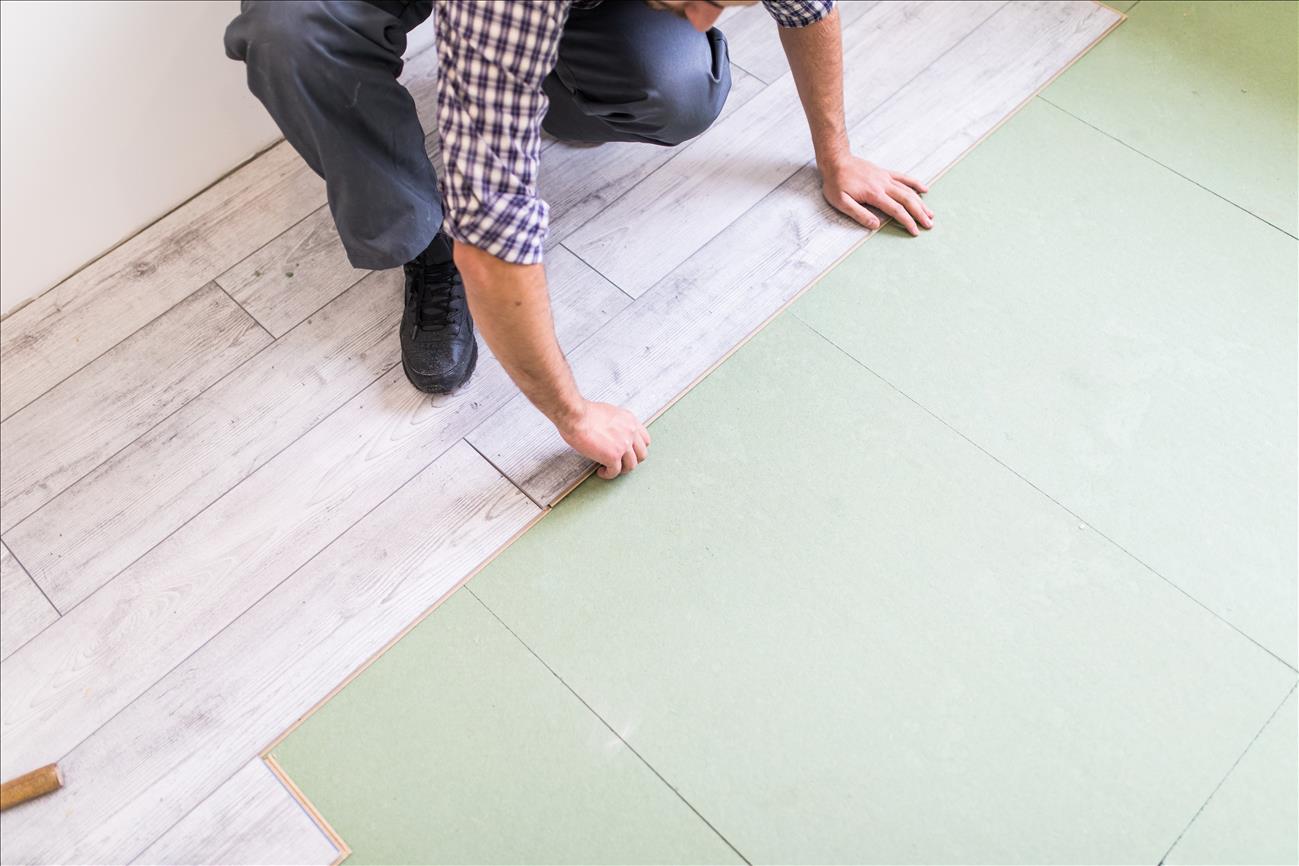Some homeowners adhere to strict remodeling schedules; others don’t notice tiles are missing until someone points it out. Whatever your approach, there are standards for how often to update certain types of flooring. It all depends on the quality of the materials, foot traffic, and damage, but you can use this guide when you’re assessing your home improvement needs.
Hardwood
Wood floors are in it for the long haul. Different types of wood have different resilience, but a well-maintained hardwood floor can go 20 or even 30 years before needing to be sanded and refinished. After that, you can repeat the process six or seven times, which adds up to a good century or two. Expensive? At the outset, yes. Worth it? Yes, for a few generations. If you get tired of the floor’s look, you can change the stain after sanding.
Depending on the material’s hardness, porcelain can last up to 50 years, while ceramic can thrive for 100 years. If just one tile is cracked, you don’t have to replace the entire floor. And if you want to update the flooring’s appearance, you can paint tile, too.
Stone
In nature, stones can be billions of years old, so in your home, you can count on at least a century of service. The problem is that stone floors need to be sealed frequently to stay in top condition. Your installer can tell you how to best maintain a particular floor, but general recommendations are to reseal stone floors between every three months and every three years.
Carpeting
If you don’t wear shoes, don’t have kids or pets, don’t entertain, and sit a lot, your carpet won’t need replacing for 15 years. Otherwise, you’ll probably notice signs of damage between 7 and 10 years. Got white carpet? Good luck with that.
Luxury Vinyl
Quality and thickness make a difference, so the more money you spend, the longer you can enjoy a luxury vinyl floor—about 25 to 30 years. If you’re regularly throwing parades or playing hockey on it, you might need to replace it a little sooner.
Laminate
Looking through the timetable for how often to update certain types of flooring, you’ll find you can usually wait a decade before replacing laminate floors. The same is true even for inexpensive laminate, which has a life expectancy of 15 to 25 years. Again, quality and thickness are important variables, but technology has improved the longevity of all synthetic floors. If you can escape major water damage, stains, and wear, you won’t need new flooring for a while.
Are You a Professional?
Requests for your services are coming in left and right. Let’s connect and grow your business, together.


